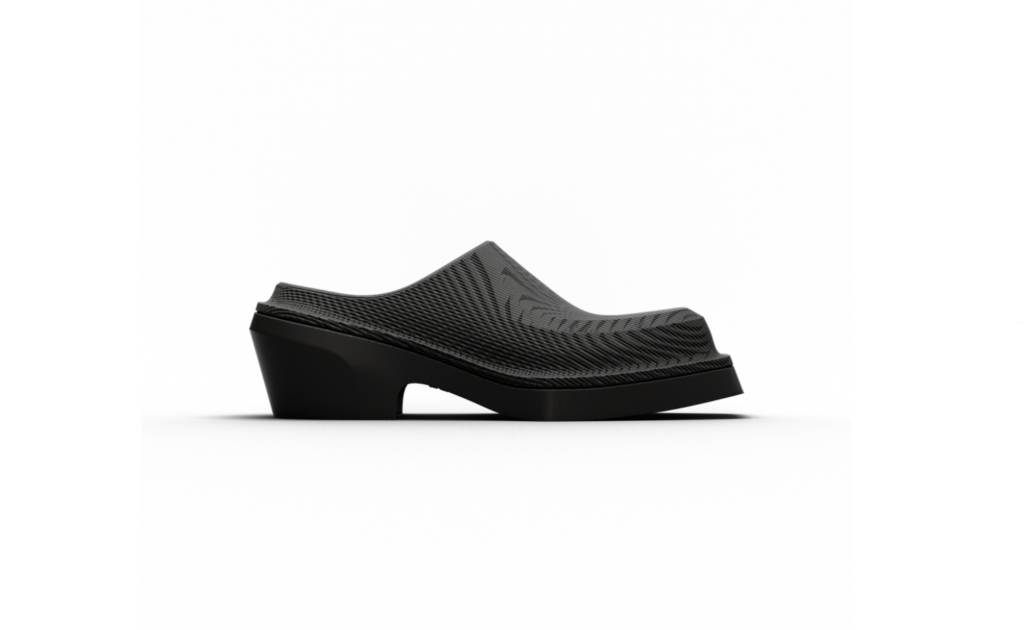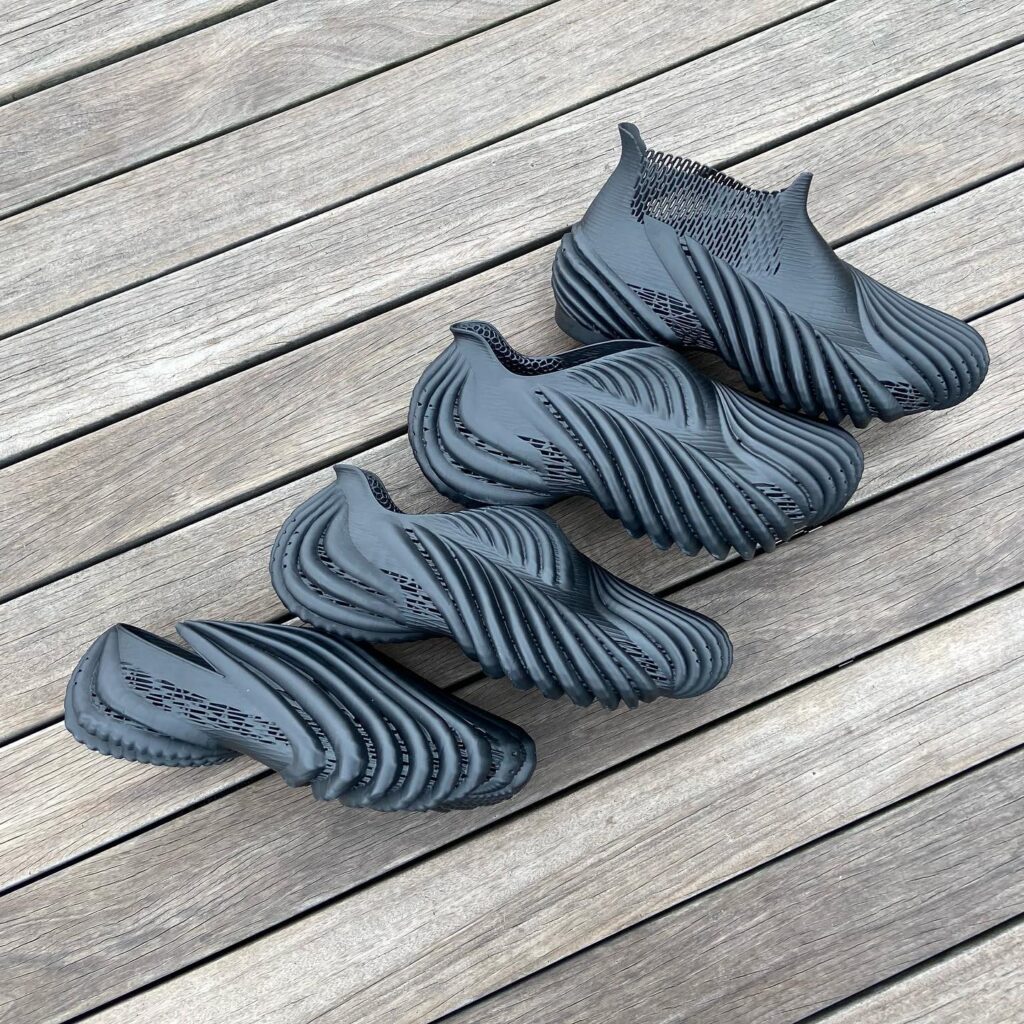Don’t Buy Zellerfeld Shoes
They’re not comfortable, don’t fit right, have production errors, and are expensive.

Dress shoes do not need to be uncomfortable. Off-the-shelf, ill-fitting dress shoes with cheap insoles will be; but well made and fitted well, a dress shoe can be a comfortable well made shoe. Shoes are not necessarily comfortable or uncomfortable based on the squishiness under your feet; the comfort comes from how they relate to the movement of your feet.
I raise all of this as the Zellerfeld Uniform, from designer Matthew Schuetz, seem to be made on these incorrect assumptions. It looks like a dress shoe — albeit, one with comically exaggerated proportions — but made entirely from a soft 3D printed TPU. This is the construction method of all Zellerfeld shoes; a German brand that 3D prints and sells shoes in collaboration with various designers. You choose a design, submit measurements of your feet — manually, or by using a photo through their app — and the shoes will be printed exactly for your feet.

As a premise, that sounds fantastic. The Zellerfeld shoes have the look of dress shoes, but with the squishy cushioning of Yeezy Foamrunners, and are made to the size of your exact size. The reality however is a little rougher.
To start with the quality. My pair arrived with what I perceived as several printing faults in the shoe, at the curving points on both shoes, where the weave becomes concerning loosened, puckering up. This is not a lemon — Zellerfeld confirmed this was “consistent with our design standards for the uniforms at the moment” — and is likely a result of their printing techniques playing up with scaling for size changes, and the curved shape.
At best, this is just an aesthetic problem, which the brand should disclose may occur at the point of purchase; particularly given that the shoes cost $250, plus import taxes. However, I have no reason to assume the weakness here is only aesthetic, as these errors are at points of the shoe where it will bend and flex in use, and I expect them to worsen with wear.
More unsettlingly: had you purchased a pair of shoes from a conventional brand, an issue like this isn’t a big problem. You just return them, and get a refund. But, as they’re a custom made product, that isn’t so simple, and you’re only allowed to return them in the EU or UK if they have a fault — and the issues with my pair were not, in their view, faults. Zellerfeld refunded my purchase regardless, “as a gesture of goodwill,” but you may have less luck.
But even had my pair arrived without any visible flaws, I couldn’t recommend buying this pair — or any Zellerfeld shoe, for that matter — as the flaw comes down to their material.
Foams in shoes provide comfort by compressing and springing up, softening your landing, and supporting your foot on the way up; and though this makes a pair like the New Balance 990v6 extremely comfortable, this foam works in conjunction with a hard outsole, and light, flexible fabric upper. The outsole takes some of the pressure from the ground as your walk, and hard surfaces, whilst also serving as a plinth the support the foam. The fabric upper doesn’t just allow for breathability, and reduces the weight, but also flexs for the midsole and outsole.

Single material shoes can’t do this, and so 3D printed shoes create comfort through the inherent flexibility of their material, and varying the density of their print, increase the holes in a 3D-printed mesh, and the thickness of the pylons, to increase or reduce the perceived “squishiness” and firmness of the shoe. At its best this can work really well, such as with Aliveform. Their shoes are printed in a firmer, stiffer material, and cleverly uses the mesh mechanism to provide comfort on the ball and heel of the foot; be that in a stiffer feeling shoe like their Armis Low, or soft, light feel of the Monstera. Readers are welcome to read my review of their shoes here. Adidas also use this cleverly with their 4D tech, which is printed in such a way that it pushes backwards when you step off the shoes, making you run faster.
Both of these work though because they understand that the comfort of 3D printed shoes comes in a non-linear way. It isn’t like foam, which gradually compresses; the mesh holds, under your weight, then doesn’t, as the mesh collapses down with every footstep. However, by using a stiffer plastic, this slows the collapse, and limits its impact, still providing cushioning, whilst also functioning like a classic hard outsole. They aren’t as comfortable as traditional sneakers, but they’re certainly not bad.
But, by using a softer material, Zellerfeld has made a shoe that prioritizes first impression comfort for actual wearability. As you walk in the Uniform, the material is so soft that the mesh underfoot gives way far faster and more aggressively than on other 3D-printed shoes I’ve found, meaning that you quickly feel a strain particularly on the ball of your foot, along with on the underneath of your toes.
And then there’s the problem with sizing. I’ve spoken to a few different persons who have bought recent Zellerfeld shoes and all, including my pair, have fitted small. You can wear them with thin socks, but it’s a tight fit, and you do not want to wear these without socks on; it will badly rub your skin. But even a normal pair of Gap socks made them too tight with me.
Given all of this, however much I love 3D printed footwear — and I do — how could I recommend any of my readers buy a pair? I couldn’t. And so I won’t. Don’t buy them.

